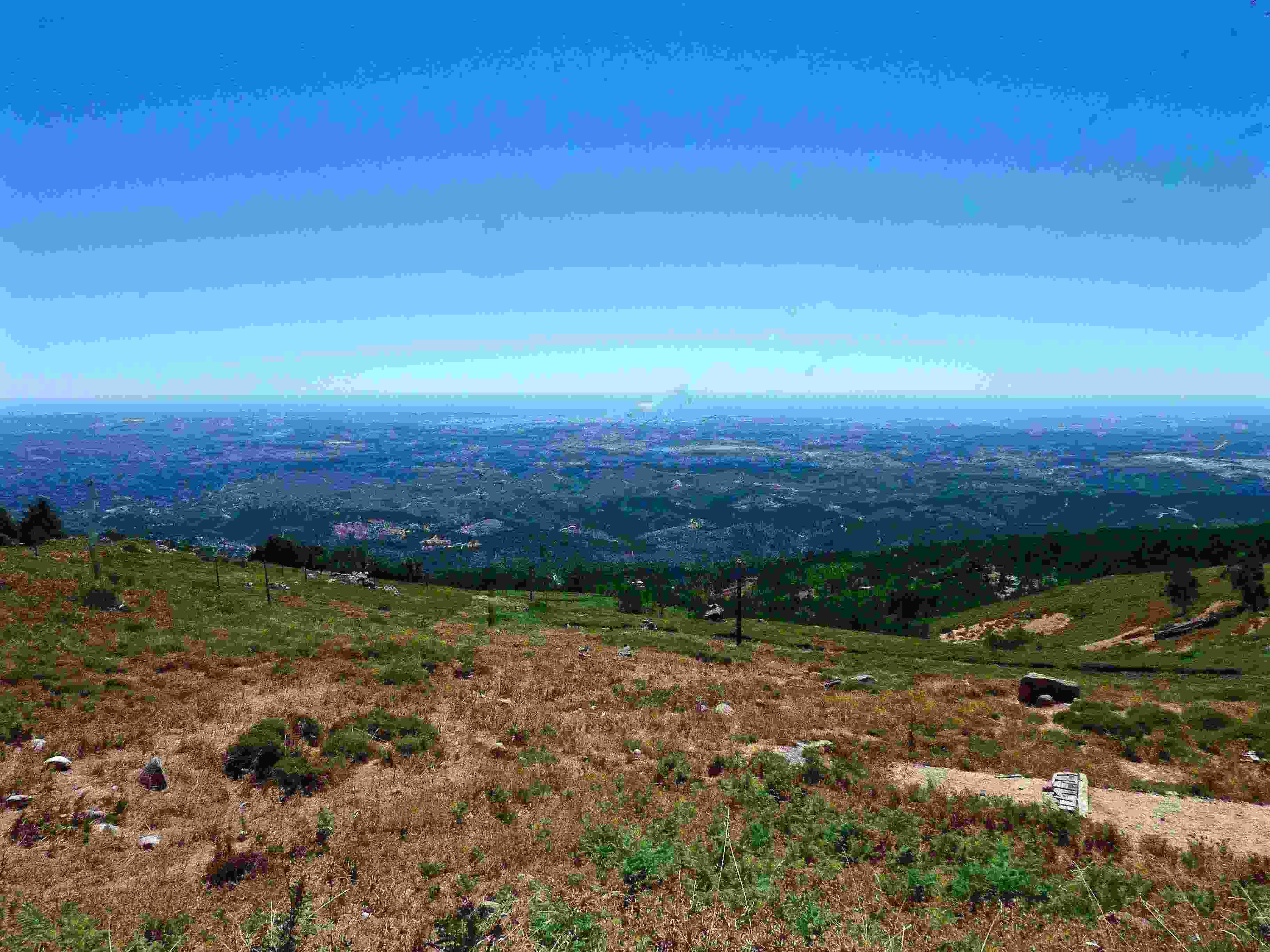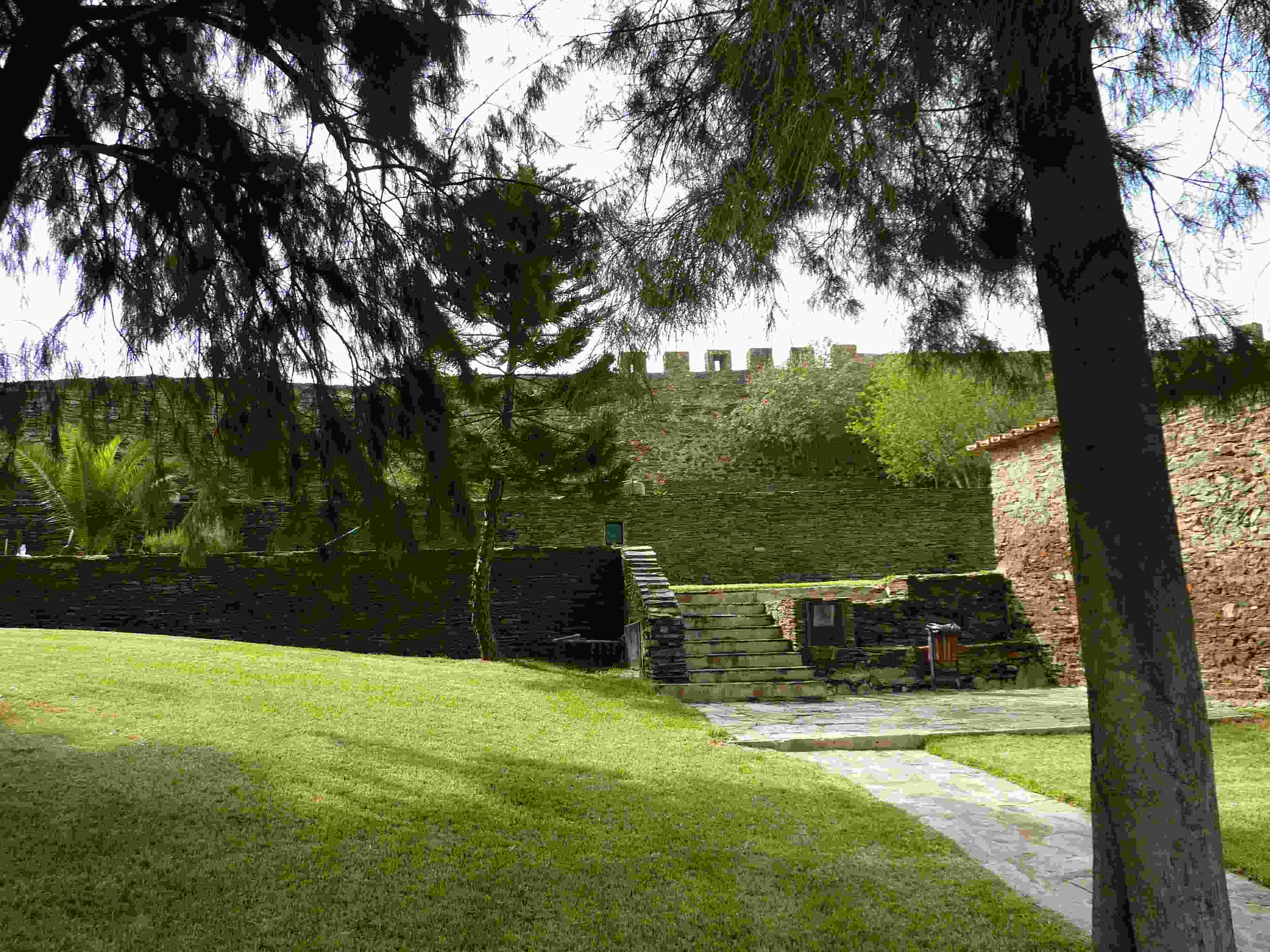Lynne Booker
Ever since the reign of D Sancho I (1185 – 1211), the King of Portugal bore the additional title of King of the Algarve, but it was a rare event for the king to visit this strangely separate but integral part of his kingdom. The remoteness of the Algarve was certainly discouraging, but perhaps equally unattractive was the apparent backwardness of the people of whom José Saramago said quite recently, in the Algarve, they don´t even speak proper Portuguese. So which of the thirty five monarchs of Portugal bothered to visit this separate Kingdom of the Algarve and why?
Soon after the foundation of Portugal as an independent nation in 1140, crusaders passed along the coast on their way to the Holy Land to recapture Jerusalem. The Landgrave of Thuringia sailed into the River Tagus in July 1189 where he and other leaders struck a bargain with D Sancho I. In return for the movable loot after a successful campaign, the leaders of this Third Crusade agreed to help the new king of Portugal in his invasion of the Algarve. His target was the conquest of Silves, the Muslim capital of the Algarve. Four days out of Lisbon, they captured and sacked Alvor, before moving up the then navigable River Arade to besiege the well fortified and populous city of Silves. Conquered by thirst as much as by arms, the Muslim defenders capitulated on September 3rd and many left for Seville. With difficulty, D Sancho managed to persuade the Crusaders and their promised loot back onto their ships and away. Although the Portuguese managed to hold the city for only two years, its capture was a signpost to the Reconquest of and unification Portugal.
D Sancho II (1223 – 1248) determined to continue the Christian Reconquest when he came to the throne at the age of thirteen, but it is far from certain that he actively participated.
The knights of Santiago pushed the Reconquest down into the Algarve where Ayamonte, Cacela and Tavira fell into the hands of the Christians.

The Reconquest was quickly completed by the new monarch, Afonso III (1248 – 1279), and his statue, sword in hand, continues to dominate the square in front of the Museum in the centre of Faro. What proved to be the final military expedition to the Algarve began in 1249 when the Portuguese overwhelmed Faro and the neighbouring Muslim towns of Albufeira, Porches, Silves and Aljezur.

At the age of six, D Dinis, heir to D Afonso III visited the court of his grandfather, Alfonso X of Castile during the celebration of the Treaty of Badajoz (1267) in which Castile and Portugal agreed that their mutual border should be the River Guadiana. This final annexation of the Algarve added a new dimension to the Portuguese coast and the boundaries of the new nation were confirmed and have remained mainly unchanged until the present day.
It was not until after the surprise capture of Ceuta in 1415 that the Algarve received its next important royal visitors. D João I de Boa Memória landed at Tavira with his victorious army, and in the Church of Stª Maria do Castelo bestowed honours on his sons Duarte, Pedro and Henrique. Prince Henry (later known as the Navigator) was created Duke of Viseu and Lord of Covilhã, and D Pedro was created Duke of Coimbra. This was the first time that the title of Duke had been granted in Portugal. Prince Henry used the Algarve later as his base for his explorations to the Canaries, Madeira and the Azores and down the coast of Africa. In 1441 he sought planning permission for his house at Sagres, and began to build two years later. He was living in the house in 1458, and it was completed in 1460, the year in which he died.
D João II (1481 – 1495) is fondly remembered by Portuguese as O Príncipe perfeito (the Perfect Prince) partly because of his effectiveness in re-establishing royal authority. He inherited a strong aristocracy from his weak and dispirited father, D Afonso V, and married his rich cousin D Leonor de Viseu who was the owner of the cities of Faro and Silves in the Algarve. They had only one son who died tragically early, and the crown was destined to pass to one of the Queen´s brothers. D João II needed great skill to deal with a hotbed of intrigue and early in his reign he personally stabbed to death his own brother-in-law. Although he managed to keep subdued the rest of the aristocracy, the sword of Damocles hung over his head, since the new heir apparent was among his enemies. D João made a three month visit to Tavira in 1489 in order to be on hand to recive reports from his soldiers campaigning in Morocco.
D João himself suffered continuing illnesses and it is thought that he died from dropsy. Many contemporaries believed that he was being poisoned, and possibly by his wife. His doctors recommended a visit to Monchique to take the waters, and he was there in October 1495. The king continued southwards to visit Alvor where he died suddenly at the age of 40. The Perfect Prince had an illegitimate son with Tavira born D Ana de Mendonça, who still has a street in Tavira named after her.

The most famous royal visit to the Algarve was made by D Sebastião (1557 – 1578). The boy-king made his way southwards and crossed into the the Algarve at Odeceixe on 18 January 1573, two days before his 19th birthday which he celebrated in Lagos. He travelled via Aljezur, Lagos, Cape St Vincent, Portimão, Alvor, Monchique, Silves, Albufeira, Quarteira, Loulé, Faro, Tavira and Castro Marim. He even paid a visit to Ayamonte on 3rd February before leaving for Alcoutim and he left the Algarve altogether on 5th of that month, Maundy Thursday. The whole visit was one of celebration and rejoicing for the people, with mock battles, bullfights and feasts. But the underlying reason for his visit was connected to his desire to restart the wars in Morocco and to emulate his ancestors´ conquests in Africa. He used the visit to look at the fortifications along the coast, to inspect the ordenanças ( we might think of them as Territorial Army) and to consult local leaders. Five years later of course he left Lagos on his ill-fated military expedition to Morocco where he lost both his life and his crown. D Sebastião is known as O Desejado (the desired one) and there is a national feeling of Sebastianismo that one misty morning D Sebasião will return and lead his country back to the broad sunlit uplands.

Since the visit of D Sebastião, we have been able to find only the visits of D Carlos I (1889 – 1908). He and D Amélia visited Tavira among other Algarvian places in 1897, but the king´s enduring contribution was his enthusiasm for oceanography. Under his leadership, and in the royal yacht D Amélia, began the scientific study of the seafloor. One of his publications from 1898 is A pesca do atum no Algarve (Tuna fishing in the Algarve).
Early royal visits were mainly due to the proximity of the Algarve to the wars against the Moors, either in the Algarve itself, or in Morocco. As Portuguese interest in North Africa became less important, the Algarve ceased to be a focus of royal interest. The people from further north in Portugal disparagingly refer to Algarvians as os mouros, possibly because interest in Morocco and interest in the Algarve go hand in hand.
